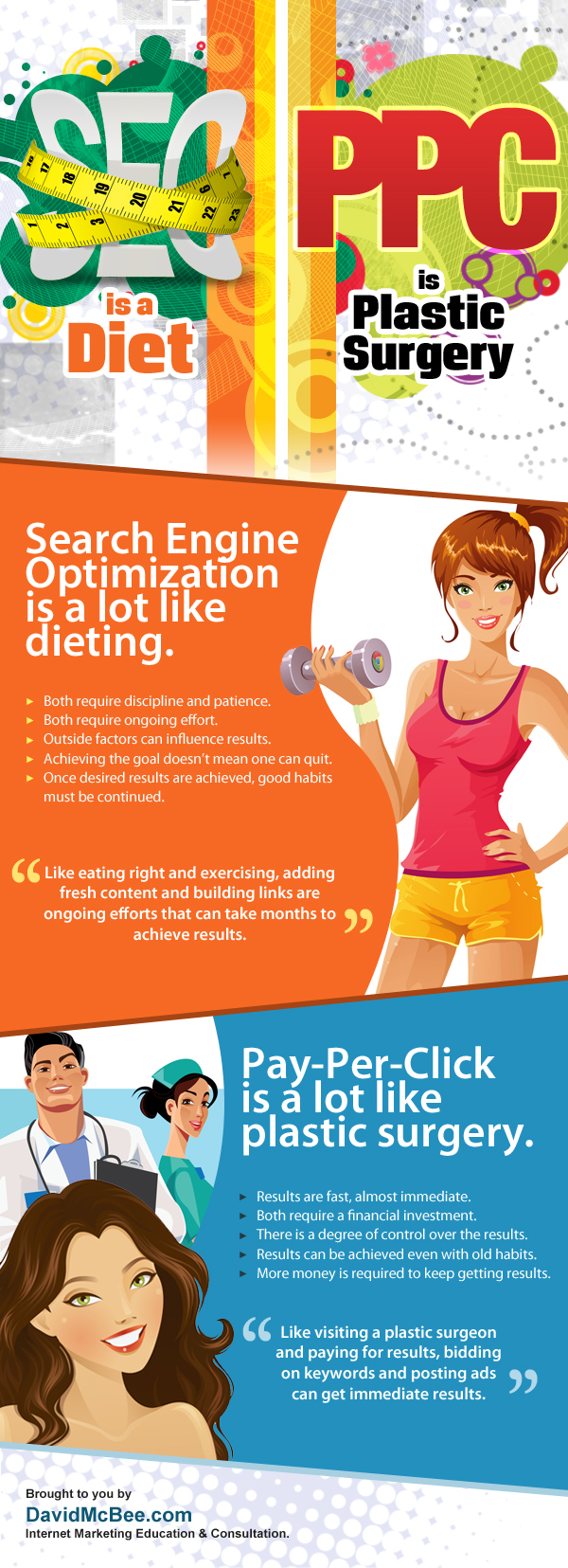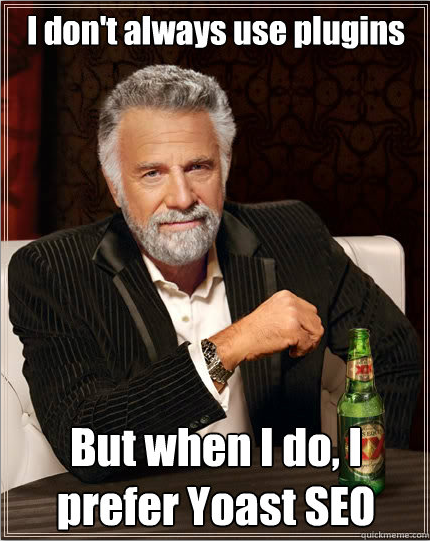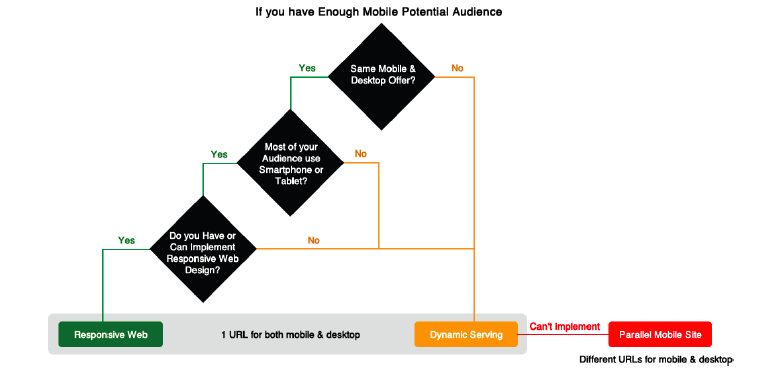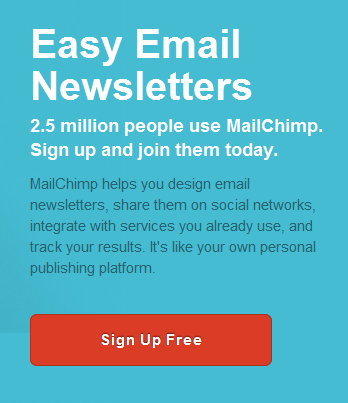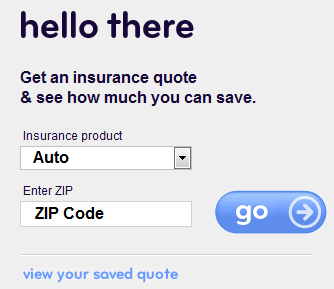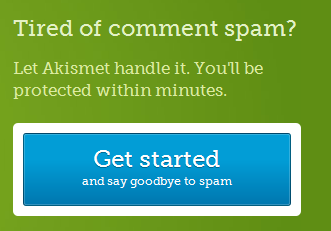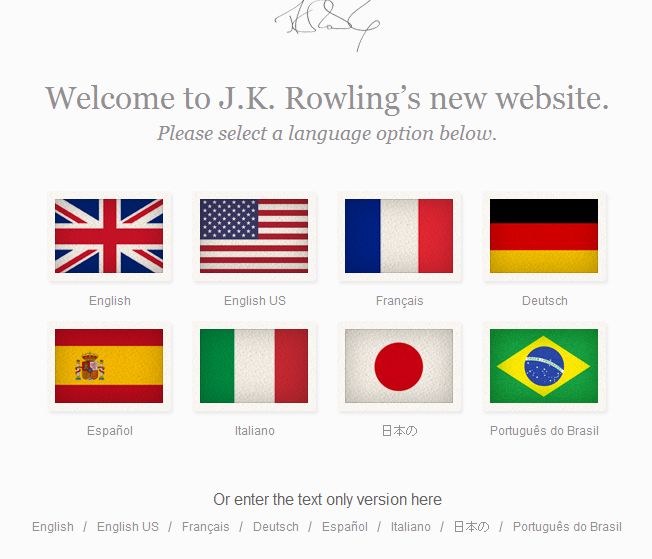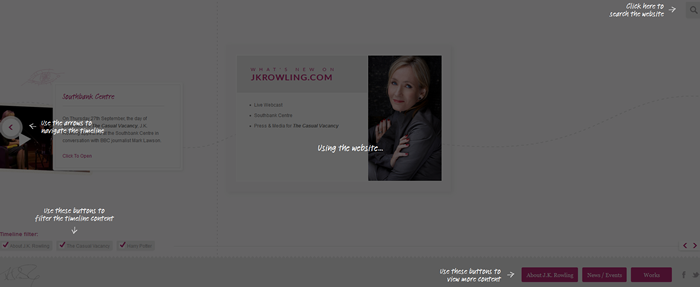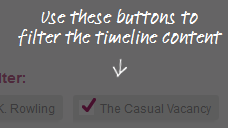
The Oscars are just 2 weeks away, and one movie receiving a lot of buzz is production of Les Misérables. Not one to resist the beauty of great musicals, I’ve decided to write a blog post that incorporates some of the lyrics from the songs in Les Misérables. Today, these lyrics will walk us through the often frustrating process of content creation for our company’s social media presence. That’s right – I said our, as in Digital Dog’s struggle with keeping our social media campaigns up-to-date. While we regularly help other companies maintain a robust online presence, we often fail to put the same techniques into practice for our own company. Despite this fact, we’re finding ways to get better, and hopefully, our experiences will help you make improvements in your own company’s approach. Our story follows.
I dreamed a dream in time gone by
As a company, we believe that our online marketing strategy and social media presence should reflect more than just one person’s or one team’s efforts. For example, at Digital Dogs, we’re broken into basically four different departments: the development team, the designers, the project managers, and the online marketing team. To have our online content – blog posts, Facebook posts, Twitter updates, etc. – created by members of these different teams would best represent the diversity and robust resources we have here at Digital Dogs.
As a company, we hold onto this vision. Everyone agrees to this idea, and we’ve even created lovely schedules to remind everyone when to contribute, with the idea that eventually it will become second nature for everyone to post to Facebook or send a quick tweet. But…
…the tigers come at night, with their voices soft as thunder, as they tear your hope apart, as they turn your dream to shame.
In this case, the tigers are reality. They are rush projects that come in. They are unexpected things that just occur as part of business. And they eat up everyone’s time, particularly the time that was supposed to be used for creating content for our social media sites. If it’s a developer’s turn to post on our blog, s/he produces a laundry list of (mostly) legitimate reason for why the post wasn’t completed. There just wasn’t time. Don’t you remember projects X, Y, and Z that flooded us this month?
Fine, so perhaps blog posts are a little too lengthy to expect contributions from people who don’t consider themselves to be writers. But surely everyone could come up with ideas for a tweet at least once a week, right?
We held a marketing meeting to discuss the best way to get tweet or other content ideas from all workers. We hit upon the idea of Twitter Tuesday. Every day, we hold a quick morning meeting to discuss projects and goals. Well, on Tuesdays, everyone at the meeting would be required to contribute an idea for a tweet. The plan was perfect.
It worked for about three weeks, but then we were faced with…
…empty chairs at empty tables
Everyone still physically showed up to the Tuesday meetings, but most didn’t come with their ideas for tweets. At first, they would simply claim, “We’ll email you our ideas later in the day.” Eventually, that became, “We don’t have anything for you,” with no promise of anything to come later. We still observe Twitter Tuesdays in theory. We just realize only about half or fewer of the employees will come with ideas. Still, the lack of participation, can easily make you feel like you’re…
…on my own, pretending [they’re] beside me
When everyone around you seems to be utterly disengaged about contributing to a common goal, it can be easy to hold a brief pity party. But don’t get too down. When certain tactics don’t work, it’s time to strategize new ones.
I never shall yield, ’til we come face to face, ’til we come face to face.

I shall never yield until I get your content ideas
Of course, it also won’t hurt if you take on the attitude of Inspector Javert in your relentless pursuit to track down people in the company willing to help and to contribute. If other employees don’t want to take the time to write – or even think about an idea for writing – then track them down with ideas you’ve developed. Approach a team member with a topic you know they’re an expert in and ask if you can interview them. While many people may not be willing to write, I’ve found that most are willing to take a break to talk for a little bit. Yes, you still have to come up with the topic, and you still have to write the material, but you’re still getting other people in the company involved in the process.
In fact, you don’t even have to do a formal interview in every case. Sometimes, those water cooler conversations can actually cause people to contribute ideas, and they don’t even realize it! Yes, this means, that you always have to be on your toes to pick up a tidbit that would work well for some kind of social media conversation. But once you get into the habit, you’ll have a pretty regular stream of ideas to contribute to your company’s social media presence.
Every day, you walk with stronger step. You walk with longer step. The worst is over.
Hey, we might not implement the best social media practices for our company…yet. But with every day and every effort we’re getting better at it. The worst is (hopefully) over.
Has your company gone through frustrations with social media marketing? How have you addressed them? Leave your comments below.
Read More




